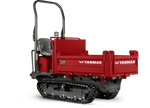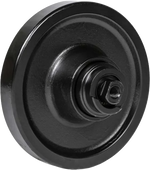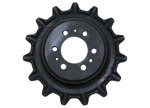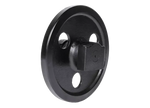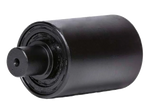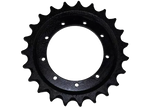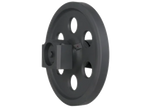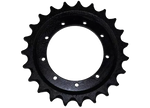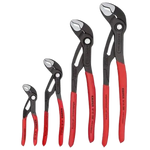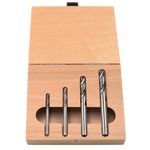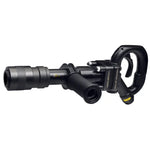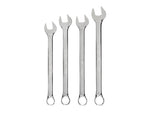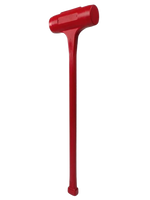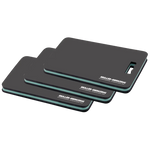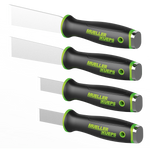
Ko-ken Z-Series: High Torque, Low Profile Ratchets with the Smoothest Back Drag
Written by Luis Montes
Updated On October 26, 2024

The Ko-ken Z-series ratchets aim to solve a common challenge in today’s heavy equipment and automobile industries: more complex and compact component designs. It has forced the tool industries to redefine their products to efficiently work into crevices, tight spaces, and hard-to-reach spots.
Ratchets, in particular, have undergone several iterations to become as compact as possible without sacrificing their ability to deliver high torque within confined spaces.
With so many brands available, it’s easy to be overwhelmed by the choice between quality, compactness, efficiency, and an affordable price.
Let’s break down the bold design decisions and clever mechanisms that make the Ko-ken Z-series a ratcheting tool with the perfect balance between low profile, super low back drag, and high torque at a fraction of the price of other popular brands.




